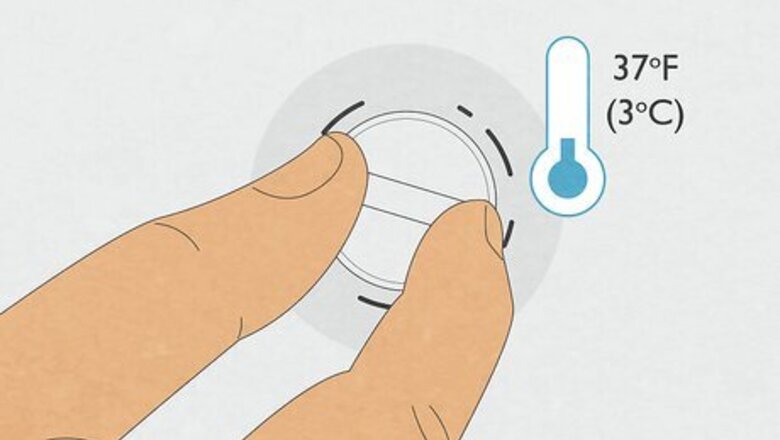
views
Incorrect Temperature Settings
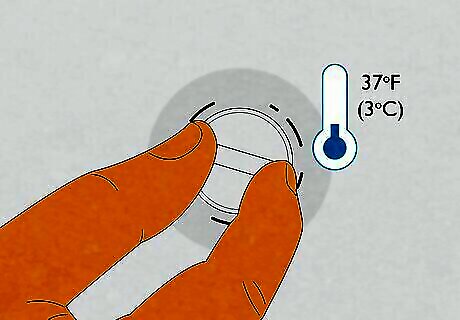
Your refrigerator's temperature should be around 37 °F (3 °C). Any temperature between 35 °F (2 °C) and 38 °F (3 °C) will keep your food safe and your refrigerator performing its best. If the food in your refrigerator is freezing, the temperature may be set too low, causing the inner temperature to dip below 32 degrees. The fix: You can usually change the temperature using a dial inside your refrigerator or through the control panel on the door. Check your manual to learn specific instructions for your model.
Blocked Temperature Sensor
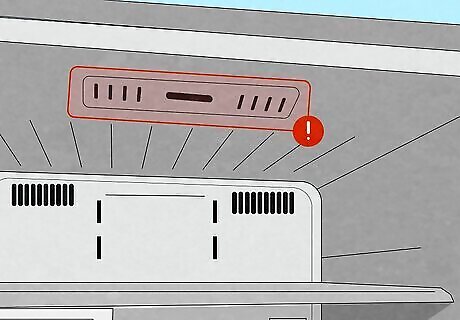
Food may be blocking the temperature sensor. If you have a particularly full refrigerator, you may have inadvertently blocked the temperature sensor, causing the refrigerator not to sense the temperature properly. If this happens, your refrigerator will think the temperature is warmer than it is and produce more cold air to compensate, ultimately freezing your food. The fix: Locate the temperature sensor in your refrigerator, which is usually on the back wall near the top shelf, or mounted to the ceiling inside the unit. If it is blocked, declutter the fridge (or move things around), and wait about 24 hours for the problem to correct itself. If this doesn't fix the problem, you can test the temperature by placing a glass of water on the top shelf of the refrigerator and leaving it there for about 24 hours. Measure the temperature with a meat or baking thermometer to make sure it's within the proper range. If the water freezes, the temperature sensor may be faulty, or there could be another cause. Alternatively, you can test the sensor with a multimeter.
Disconnected Ice Maker
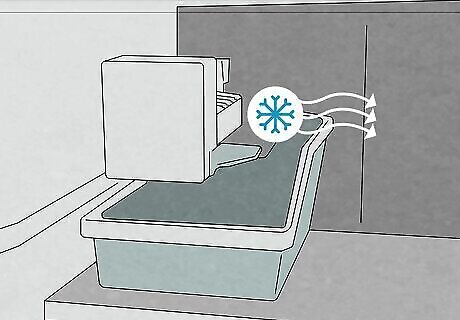
Your ice maker may be freezing your refrigerator. Even if you don't use your refrigerator's built-in ice maker, it may be trying to make ice, which it can't do if it's not connected to a water source. In this case, the ice maker can release extra cold air into the refrigerator as it tries to make ice, which ultimately freezes your food. The fix: Check your ice maker to make sure it's properly connected to the water supply, and that the there are no obstructions preventing it from making ice. If you don't use the ice maker, turn it off to prevent it from trying to make ice.
Blocked Air Vents
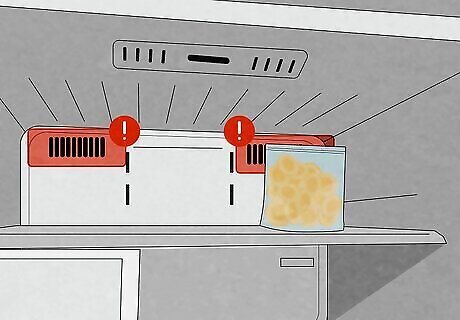
Like a blocked temperature sensor, blocked air vents can cause your food to freeze. Your refrigerator uses air vents to circulate air throughout the unit properly. If food is inadvertently blocking an air vent in either the fridge or the freezer, the airflow may be restricted, which can cause food to freeze and create ice buildup in some areas of the appliance. The fix: Identify the air vents inside your refrigerator (there are usually multiple), and be sure not to cover them with food. Do the same for the air vents inside your freezer, as the vents in both areas work in tandem to regulate temperature. Depending on your refrigerator, you may be able to reposition the shelves to work better for the type of food you store. Once you unblock the vents, your refrigerator should stop freezing your food after 24 hours.
Leaky Door Seals
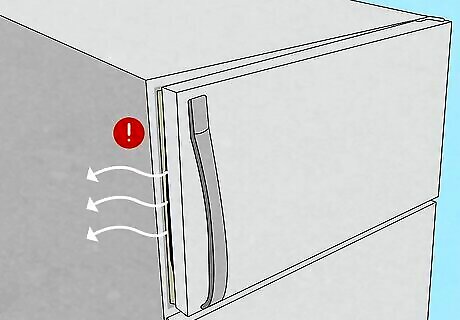
The refrigerator or freezer door may not be sealing correctly. As you open and close the doors of your appliance over time, the gasket around the edges can warp or break down, making a less effective seal. This causes cold air to leak through the door, making your refrigerator work harder to cool the interior, eventually freezing the food in your refrigerator or freezer. The fix: Inspect the gaskets (the rubbery seals) on the inside of your refrigerator and freezer door for bends, tears, and weak spots. Also, ensure no food items are blocking the door from closing completely—don't forget to check on top of the fridge, as something might be hanging down, preventing the door from closing all the way. You can replace the gaskets without replacing the entire unit—contact the manufacturer to find out which parts to order, or to schedule a service person to do the job for you. Replacing the seal yourself is pretty simple—you'll need to unscrew the metal retainer the seal connects to, replace the old gasket with a new one, and screw the retainer back in. If the gasket is just dirty, you can clean it with soap and water.
Dirty Condenser Coils
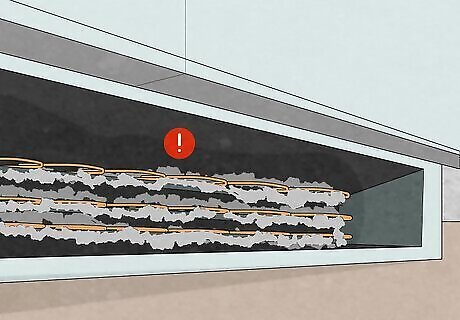
Grimy coils can cause your refrigerator to cool improperly. Condenser coils, which are either on the back or bottom of your refrigerator, tend to get dusty or dirty over time. As dirt, dust, hair, grease, and other substances build up on their surface, they will affect the temperature of your refrigerator—either freezing the food or not making it cold enough. The fix: Cleaning the coils is simple as long as you can access them. You'll need to unplug the refrigerator first for safety, then locate the coils—they're either exposed on the back of the fridge (older models) or beneath a kickplate on the front below the door. Once you find them, you can vacuum off dust, and remove dirt and grime with a condenser coil brush.
Faulty Parts
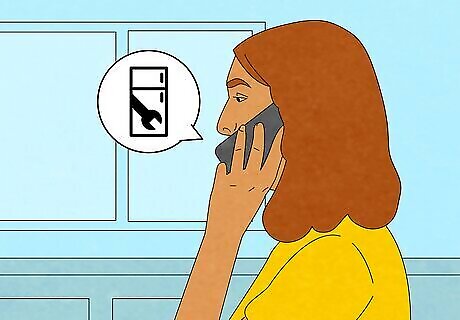
If the refrigerator is still freezing your food, it's time to call for service. While you can usually fix the frozen food problem at home with the above fixes, you'll sometimes need to replace parts like the thermistor, damper, or the control board. Most major refrigerator manufacturers can easily be reached by phone: Kenmore: 1-888-KENMORE Whirlpool: 1-866-698-2538 GE: 1-800-GECares Frigidaire: 1-800-374-4432 LG: 1-888-376-6825 Samsung: 1-800-SAMSUNG Maytag: 1-800-344-1274 Bosch: 1-800-944-2904
How to Prevent Food from Freezing
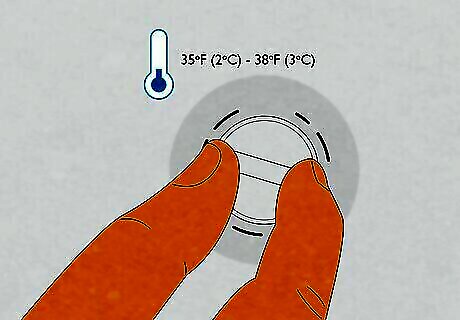
Keep the temperature set to the safe range. Adjust the temperature to between 35 °F (2 °C) and 38 °F (3 °C) to prevent your food from freezing or getting too warm.
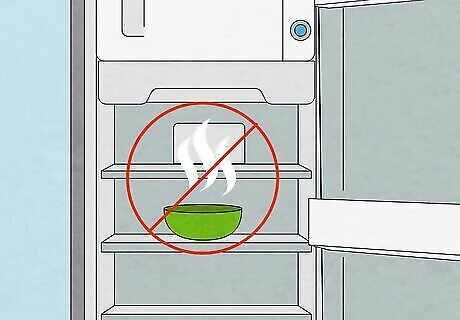
Avoid putting hot food in the refrigerator. Putting hot food into a cold refrigerator creates condensation that can turn to ice and freeze. Wait for your food to cool down (no longer than 2 hours) before storing it in your refrigerator.
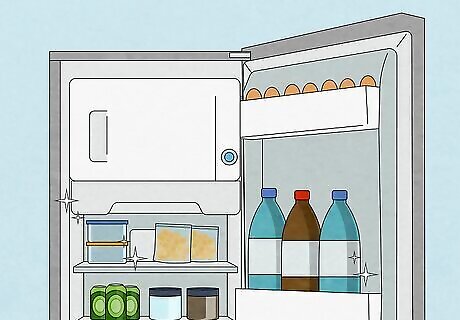
Keep the refrigerator organized and clean. Having a clean, well-organized refrigerator makes it easier for your appliance to regulate the temperature inside. Store food and beverages so the air vents and temperature sensors can do their jobs.
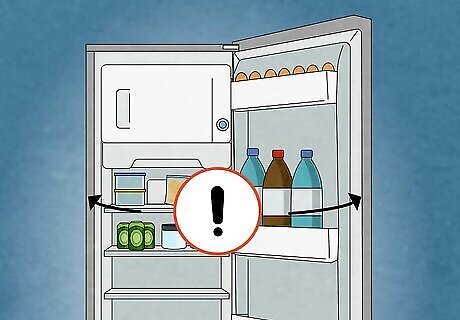
Don't leave the door open. You let warm air into the appliance each time you open the refrigerator door. If you leave the door open too long or keep opening and closing it, the temperature fluctuations can lead to condensation and ice buildup.
















Comments
0 comment